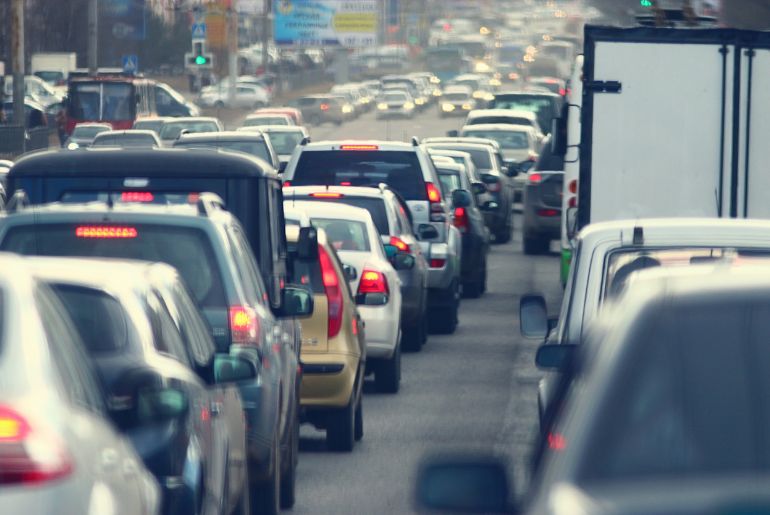It is no new news to anyone living in India about the traffic jams in Bangalore. From bumper to bumper packed roads, to bikes that sometimes use the footpaths. Bangalore has seen it all. Sadly, now Bangalore has also reported seeing a loss of up to ₹20,000 crores due to this traffic.
Bangalore’s Infamous Traffic Jam Leads The City To Lose ₹19,725 Crores

Bengaluru’s vibrant tech industry and infamous traffic jams define the city. A recent report exposes an annual loss of ₹19,725 crores, reported NDTV. This loss was reportedly caused by traffic delays. It also includes congestion, signal stoppages, time wastage and fuel consumption-related elements.
Traffic expert M N Sreehari and his team conducted the study, focusing on road planning, flyovers, traffic management, and infrastructural shortcomings. This is despite Bangalore’s 60 fully operational flyovers, stated the report.
As per the report, the functional flyovers haven’t been able to prevent a staggering ₹19,725 crore loss for road users. This loss stems from delays, congestion, signal stoppages and slow vehicles hindering fast ones.
Fuel wastage, time lost for occupants, and vehicle time translated into monetary terms based on salary, were also some of the factors, reported NDTV. The IT sector’s rapid employment growth has spurred the development of various facilities such as housing and education. Consequently, the city’s population has surged by an impressive 14.5 million, with the vehicle count nearing 1.5 crore.
Also Read: Bangalore’s Hunasamaranahalli Lake Is Now Open To Visitors After A Successful Revamp
What Do The Experts Have To Say?

Estimates indicate that Bengaluru’s expanse has grown significantly, from 88 to 985 square kilometres in 2023. The study suggests an even larger expansion, proposing a city size of 1,100 square kilometres.
However, the growth in road length hasn’t kept pace with the rise in vehicles and city areas. The report highlights a disparity: the current road length spans approximately 11,000 kilometres, insufficient to meet the demand for transportation and trips, said the report.
Experts propose the implementation of extensive underground road systems to manage road traffic for the next quarter-century. The study emphasizes the need for the government to consider subterranean transportation options for both metro and government bus services, featuring openings every 1-2 kilometres.
Furthermore, the study advocates for the elimination of roadside parking, highlighting that roads should be dedicated to traffic, while footpaths should remain exclusively for pedestrian use. Mr Sreehari, a transportation expert, laments the absence of parking-free roads in Bengaluru.
Also Read: Bangalore’s Lalbagh To Get “Mini Western Ghats” With 132 Species Of Plants
As per the report, Mr Sreehari and his team also suggested that the public need to take more public transport such as monorails, metros and buses. This could help reduce the use of personal vehicles that lead to excess traffic jams.
Cover image courtesy: Canva (Representative Image)
First Published: August 07, 2023 12:05 PM



